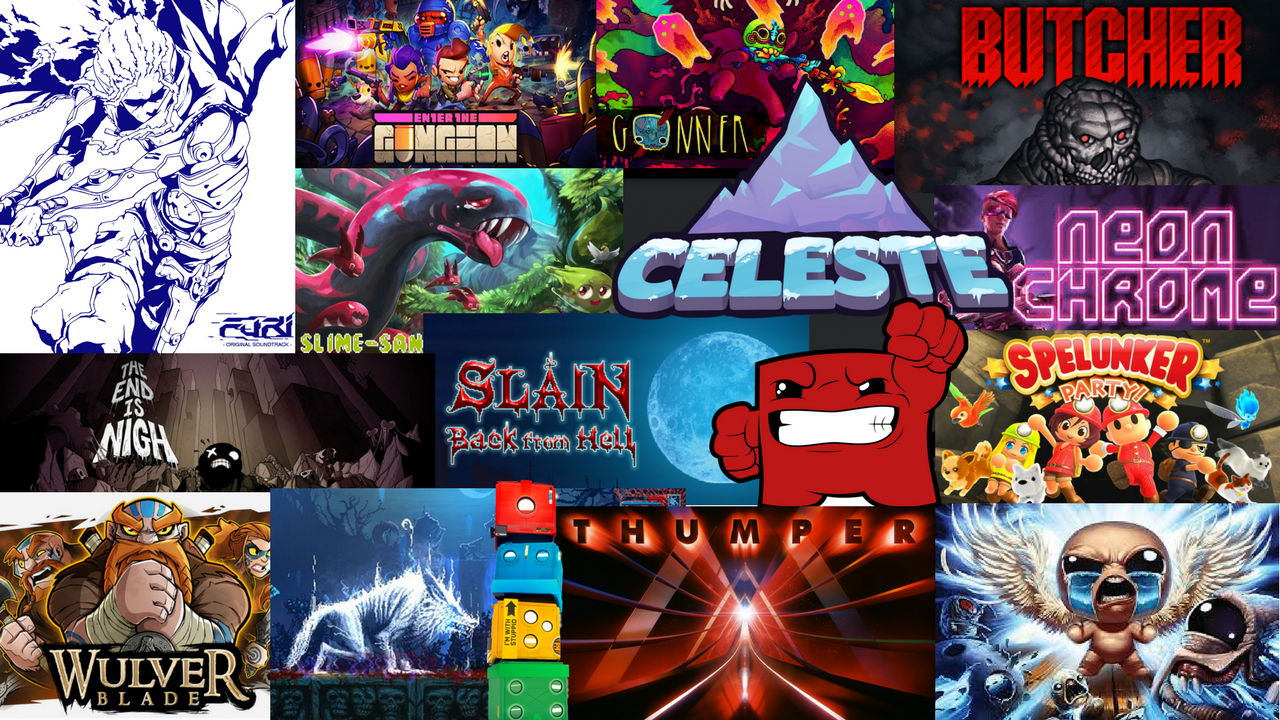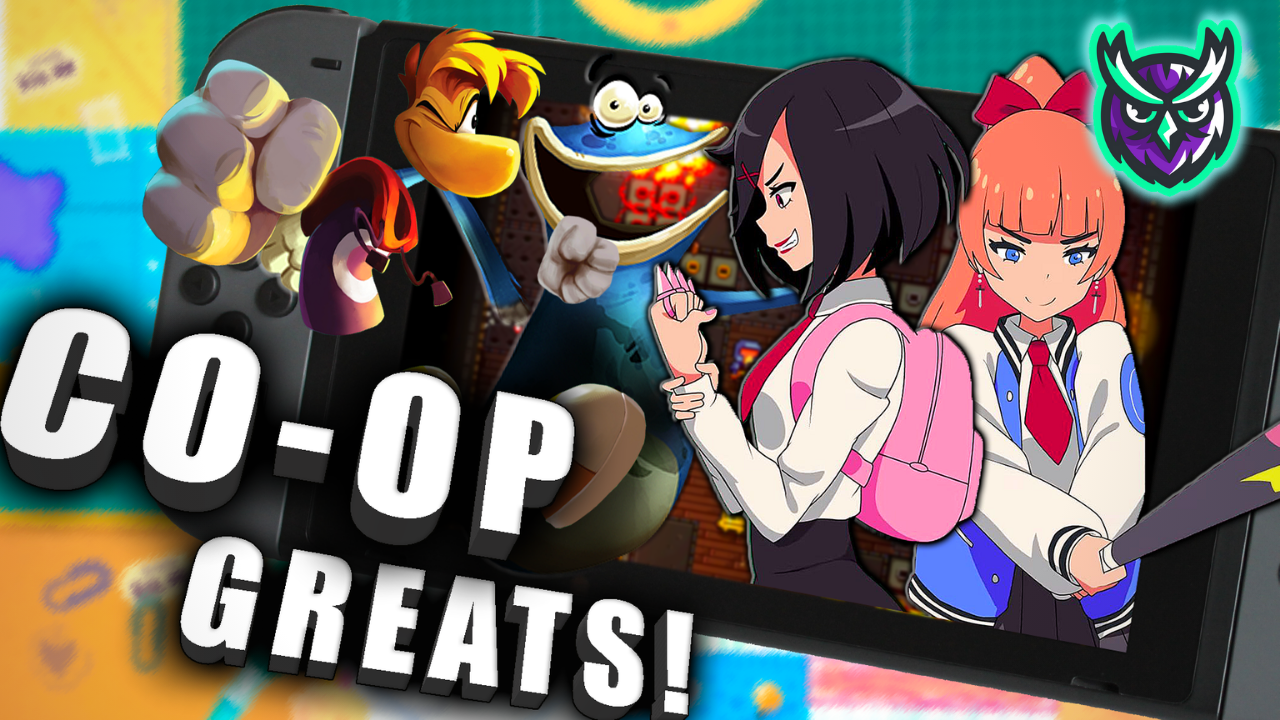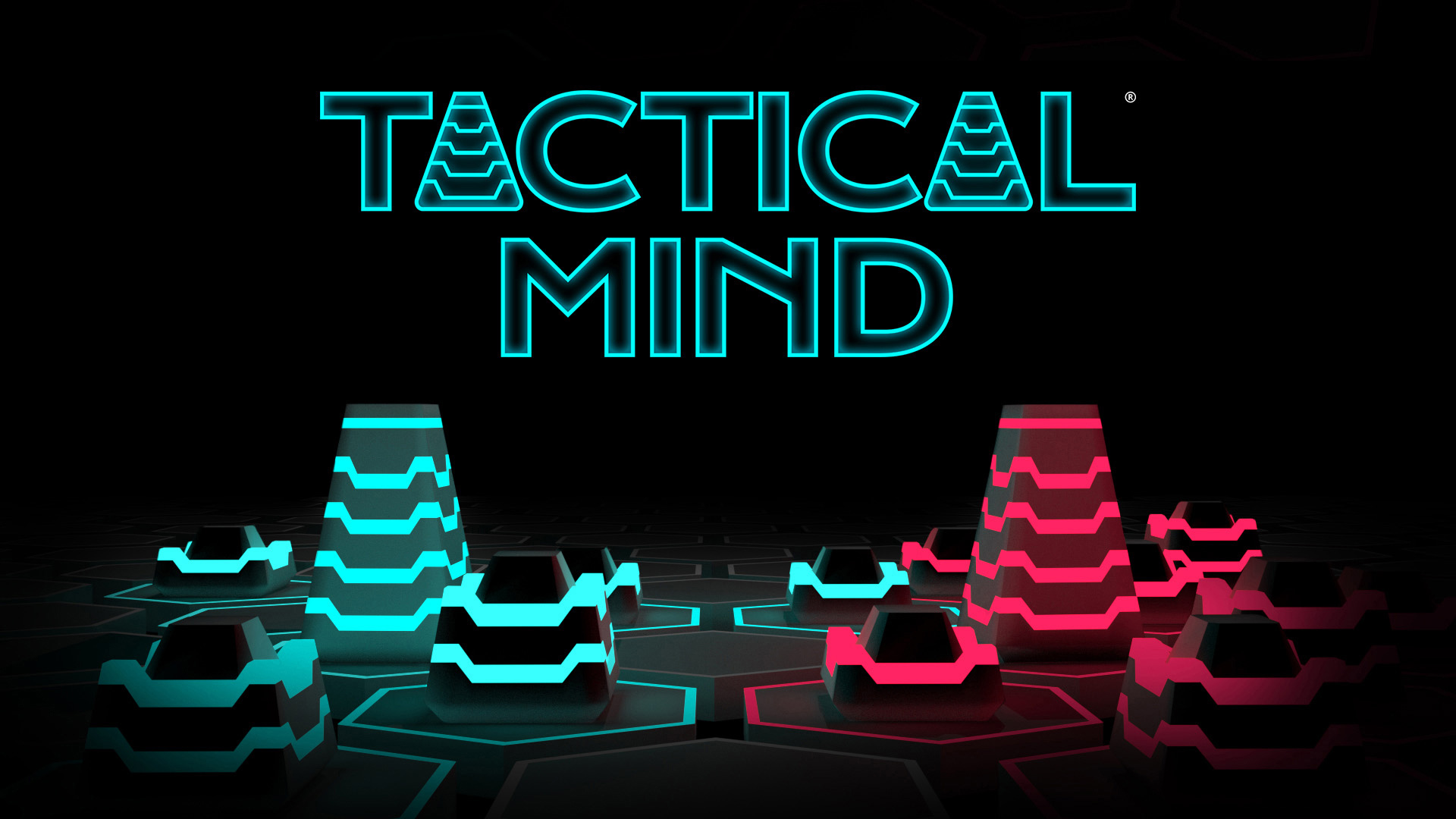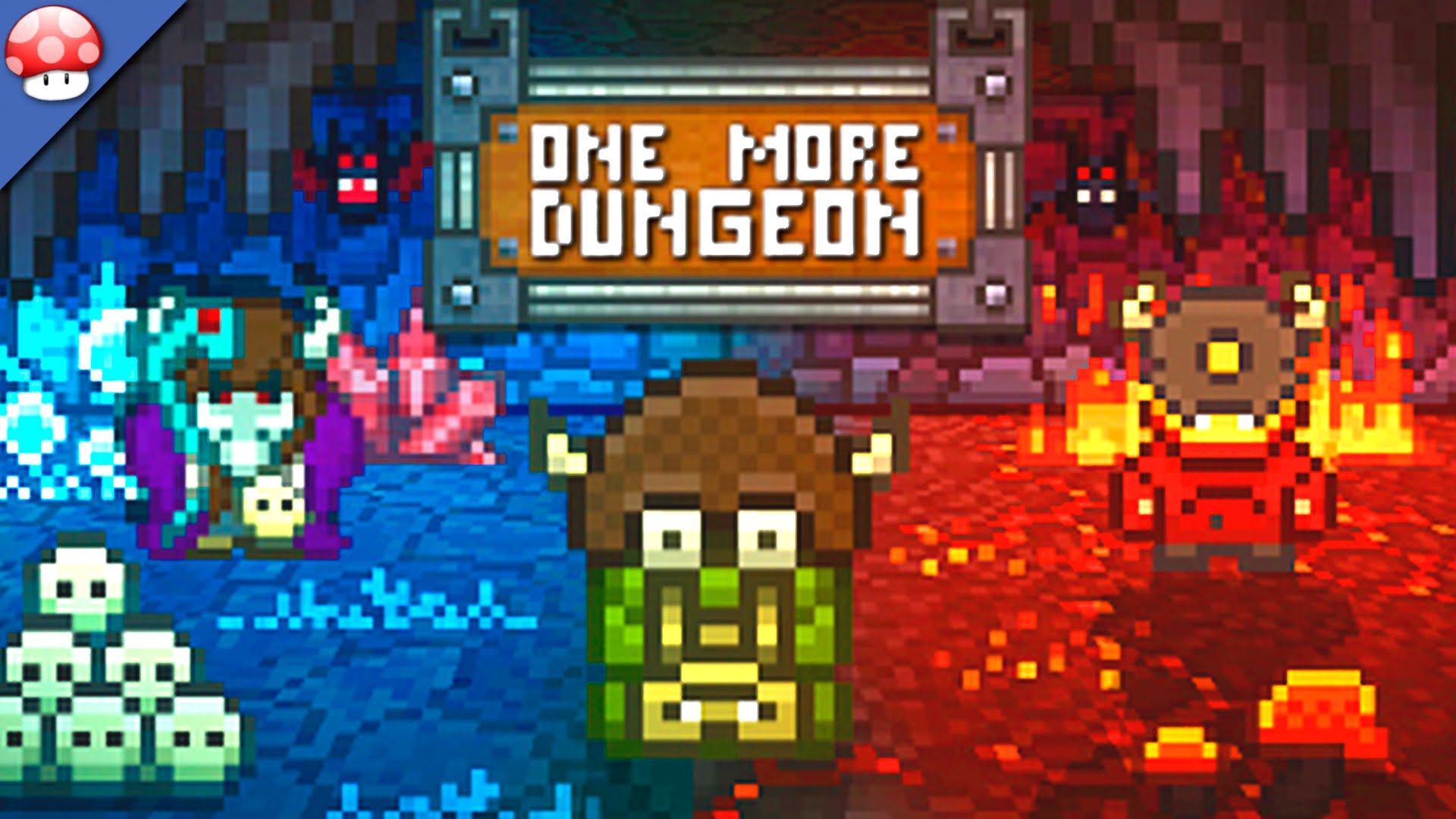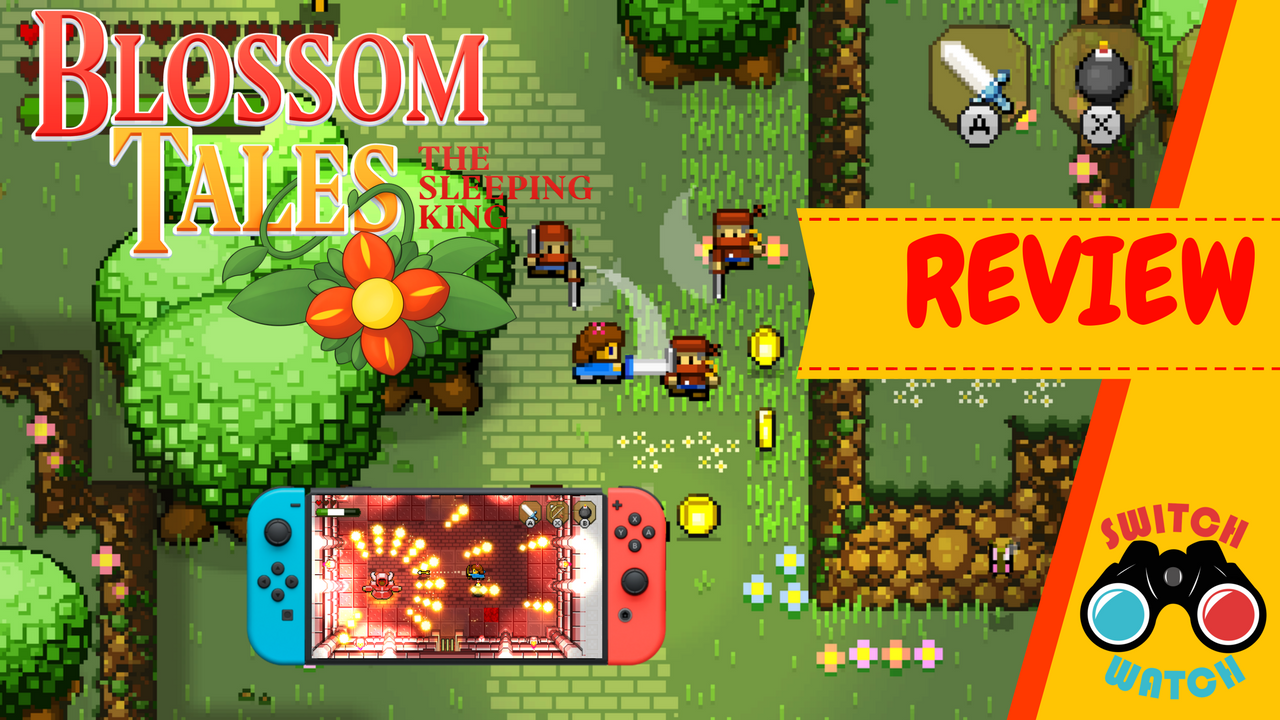Tactical Mind Nintendo Switch Review
Developer: Drageus Games / QubicGames S.A.
Publisher: Qubic Games
Release Date: December 22nd, 2017 USA / December 30th, 2017 UK
Price as of Article: $2.99, £2.69
The music is very simple in Tactical Mind. There are only three songs that I noticed, and each one adhered to the same style. They are slow, atmospheric and do not distract the player from the game. You won’t find yourself just listening to the music thinking about how excellent it is. It just sort of resides in the background repeating the same few notes keeping the game from being completely silent while you focus on making your next move.
There are also not sound effects while you move your pawns across the board, attack, level them up or anything along those lines. The only sound effect during gameplay I noticed was when the starting crystal gets destroyed. This isn’t necessarily a bad thing, but the game would have been more immersive if the pawns made various sounds depending on what actions you were performing.
<script async src=”//pagead2.googlesyndication.com/pagead/js/adsbygoogle.js”></script><!– –><ins class=”adsbygoogle”<!– –> style=”display:block; text-align:center;”<!– –> data-ad-layout=”in-article”<!– –> data-ad-format=”fluid”<!– –> data-ad-client=”ca-pub-5661714653949151″<!– –> data-ad-slot=”5669732186″></ins><!– –><script><!– –> (adsbygoogle = window.adsbygoogle || []).push({});<!– –></script>
Tactical Mind is not a game that provides its thrills from its music or visuals. The visuals are equally as simple as the music. There are no bells or whistles here. The game boards are all on a single screen with hexagon-shaped or square-shaped spaces organized on boards set up in a grid pattern or hexagonal pattern. The only color options for your pieces are as seen above: blue and red. You won’t be seeing any special animations in Tactical Mind, but it doesn’t need them. It is purely a strategic board game.
Disappointingly, Tactical Mind does not take advantage of the touch screen in handheld mode. Board games such as these are perfectly suited to having touch screen controls, and having that as an option would have made playing this game much more smooth.

This is what Tactical Mind is all about. There is very little here outside of this. But, hey, what are games without the gameplay? And there is nothing more important to a board game than its rules.
You will notice immediately upon starting the game that there are two large crystals on both sides of the board. These are the Starting Crystals, and these can be thought of like the king in Chess. They are unable to move or perform any actions whatsoever, but like the king in Chess, you lose the game should it be destroyed.
You will take turns controlling pieces called pawns in Tactical Mind. There are no other pieces than these to concern yourself with. Each player begins the game with three pawns surrounding their starting crystal. By selecting a pawn, you are able to access the circular menu on the left side of the screen. The center option allows you to summon a new pawn in an adjacent space.
The top option allows you level the pawn you selected up or an adjacent pawn. Pawns receive an extra layer each time they are leveled up, and they reach max level at level 5. When a pawn reaches level 5, it gains the ability to move on the board and it can take as many actions as you want in a single turn until you run out of energy. Any pawn below this level must remain stationary and becomes disabled until the end of the turn after taking a single action. You are able to move by selecting the bottom option on the circular menu.
The left option looks like a targeting reticle, and it allows you to attack an adjacent pawn. Your pawn’s level determines both its health and attack power. The targets level is reduced by the level of the pawn attacking it. If a pawn’s level is reduced below 1, then it is destroyed. Finally, the option on the right side of the wheel allows you to prevent an adjacent pawn from moving. This can be done to a pawn of any level, so even a level 1 pawn can block a level 5 pawn.
There is a small box on the top-left side of the screen with numbers next to lightning bolt shaped icons. These are your energy points determining how many actions you can take in a single turn. The first time any of these actions are performed, it costs one energy point. After you perform the action, it costs another point the following time it is used and so on. If you end a turn without using that action, the cost is reduced by one. You will need to juggle your usage of moves and consider what you will do in following turns to ensure you have enough energy points to take whatever necessary actions you need later on. The number on the left side are your available points, and the number on the right side is accompanied with a plus symbol and indicates how many energy points you will gain at the end of the turn. Player one starts the game with 3 points, and player two starts with six points.
You will notice that your pawns next to your starting crystal and other crystals on the stage have lines connecting them to the crystals. Each one of these lines determines the number of energy points you will gain for your following turn, so it is wise to surround these crystals with as many pawns as possible. However, once a pawn has taken an action, that energy siphoning line will disappear, so you need to account for this before you have a pawn do anything.
Your strategies in Tactical Mind will revolve around managing your energy with increasing costs of performing actions. You will need to determine the best times to leave an action unused to reduce its cost for the following turn as well as when you should increase the levels of your pawns. It is extremely important to keep as many pawns surround the crystals as you can in order to build the maximum amount of energy as possible, and sometimes you will need to attack your own pawns to clear the way for your higher level pawns. If you can find a way to position a pawn next to your opponent’s starting crystal to attack it, you win the game!
$3 is a hard price to argue with. There isn’t a lot to be seen or heard here, but there are 28 stages for the single-player experience and 14 stages available for local multiplayer. I found that I quickly got bored playing against the computer because of a lack of interactivity. If you want to get this game, you will get your best value if you have another person to play with regularly. It is almost always much more fun trying to outsmart your friends in a board game than besting the computer AI, and that is absolutely true here in this case as well. If you are just planning to play against the computer, you might not get much out of this, but it is absolutely worth the cost to have a decent, strategic little board game to play with your friends.


